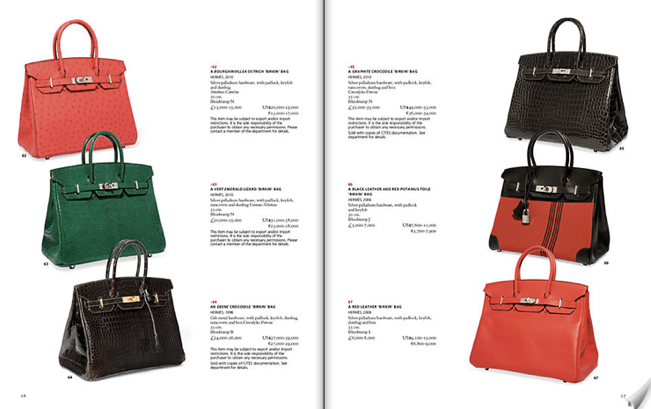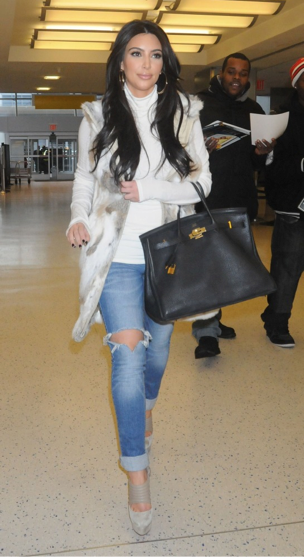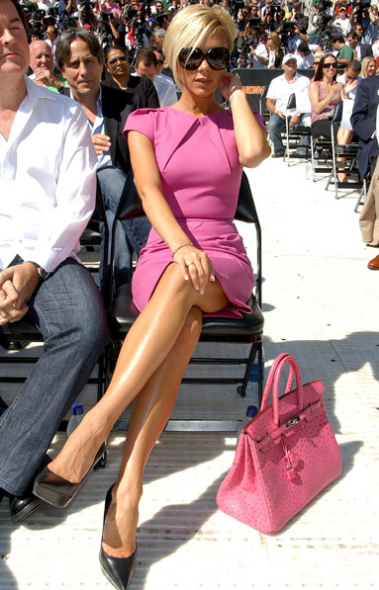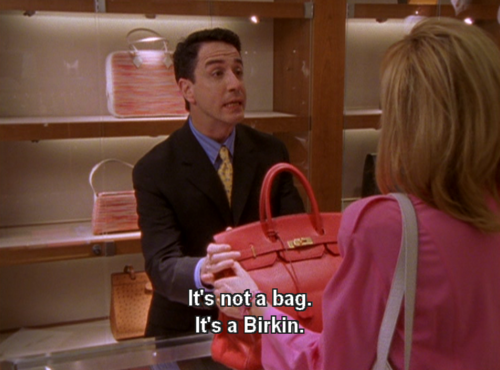THE RECENT LAWSUIT BETWEEN Christie’s auction house in New York and a rival Heritage Auctions has encouraged much attention to the luxury sales market, where high-end fashion objects are being traded as if works of art. In 2011, a ‘Birkin’ bag, the iconic Hermès made-to-measure travelgood, sold for a record price of $US203,000 at Heritage, an auction house that specialises in luxury accessories. Taking advantage of this burgeoning market, Christies began selling luxury accessories, listing Birkin bags and other similar brands for hefty prices. This increasing lucrative interest reflects a new era of luxury, and begs for the value these iconic templates, such as the Birkin, to be re-examined.

The rivalry between these two auction houses became political with the centre of the controversy, Birkin bag guru Matthew Rubinger, moving from Heritage Auctions to a role at Christies this June, causing Heritage to file a lawsuit against the house claiming Rubinger had stolen trade secrets. Up until now, Rubinger’s career has been fairly reflective of the luxury brand market: he began trading luxury bags on eBay, operating the business from his bedroom where he honed his expertise in authenticating designer handbags. Four years ago, he went on to a major role as head of the new luxury accessories division at Heritage and this year, at age 25, he was named in Forbes ’30 under 30’ list.1
The tension between the companies has become a symbol in the news and media of increasing competition in the market, and the value placed on luxury items in a context that has traditionally been reserved for art objects. The Birkin bag, one of the most powerful of luxury archetypes, easily personifies this phenomenon. An article for The New York Times by Julie Creswell and George Gene Gustines quoted that in a 2011 Heritage auction of the bags, a ‘Hermès Birkin, with 18-karat white-gold and diamond-encrusted hardware, sold for a record $US203,000.’ And a ‘one-of-a-kind Hermès Kelly bag, in porosus crocodile and black Togo leather, with geranium-colored feet, went for $US125,000.’2 Online shopping also has a big stake in the market with luxury reseller websites like, among others, Portero (Rubinger’s former employer) and Covetique, which both sell high-end designer accessories, providing tailored services like personal shopping.
The Birkin in particular presents an interesting case study as one of the most steadfastly iconic templates of the luxury brand Hermès, and indeed the market. The bag has become a powerful symbol of wealth and status since it was eponymously titled after the actress Jane Birkin. The convenient and press-friendly story tells how Birkin and Hermès CEO Jean-Louis Dumas were seated next to each other on a flight from Paris to London in 1981. During the flight, the singer went to retrieve something from her bag causing all the contents to fall out on to the cabin floor. Birkin told Dumas about her frustration about not being able to find a weekend bag she liked and three years later Dumas released the Birkin in her honour. The form of the Birkin, based on an 1892 design, is a soft leather, logo-free carry all, characterised by its unmistakable lock and key clasp. As a commodity, the bag is available made-to-measure from a Hermès store (since 2010 there is no longer a waiting list) in various sizes, colours and detailing. Prices for the bag start at $US5,000, increasing upwards depending on details, materials and date of creation. Currently, Birkin bags on eBay are listed for as much as $US84,000.


In 2001, the US television series Sex and the City brought the bag into cultural vernacular when it was the feature of a season four episode in which Samantha Jones, on of the key characters, lusted after the bag that she was neither famous or important enough to own: ‘Oh honey, it’s not so much the style, it’s what carrying it means!’ This lead to mainstream popularity of the Birkin and its counterpart market of fakes which it continues to inspire, an industry which only seems to reinforce the exclusivity of the real product.

The phenomenon of luxury continues to captivate the consumer, with Christies muscling in on the resale market, adding luxury items to their art auction portfolio, we are seeing a marked increase in the demand for these items – new or used. The archetypal Birkin bag has been at the centre of this shift in emerging markets over the last few years and continues to be a powerful and lucrative object of status.
Laura Gardner is Vestoj’s former Online Editor and a writer in Melbourne.
‘How One Millennial With A Liberal Arts Degree Landed A Six-Figure Job’ by Deborah L. Jacobs for Forbes Magazine, October 27, 2013. http://www.forbes.com/sites/deborahljacobs/2013/10/27/how-one-millennial-turned-his-liberal-arts-degree-into-a-six-figure-job/ ↩
‘High-end Hermes Handbags at the Center of Suit Against Christies’ by Julie Creswell and George Gene Gustines for The New York Times, June 13, 2014. http://www.nytimes.com/2014/06/14/business/high-end-hermes-handbags-at-center-of-suit-against-christies.html?_r=0 ↩